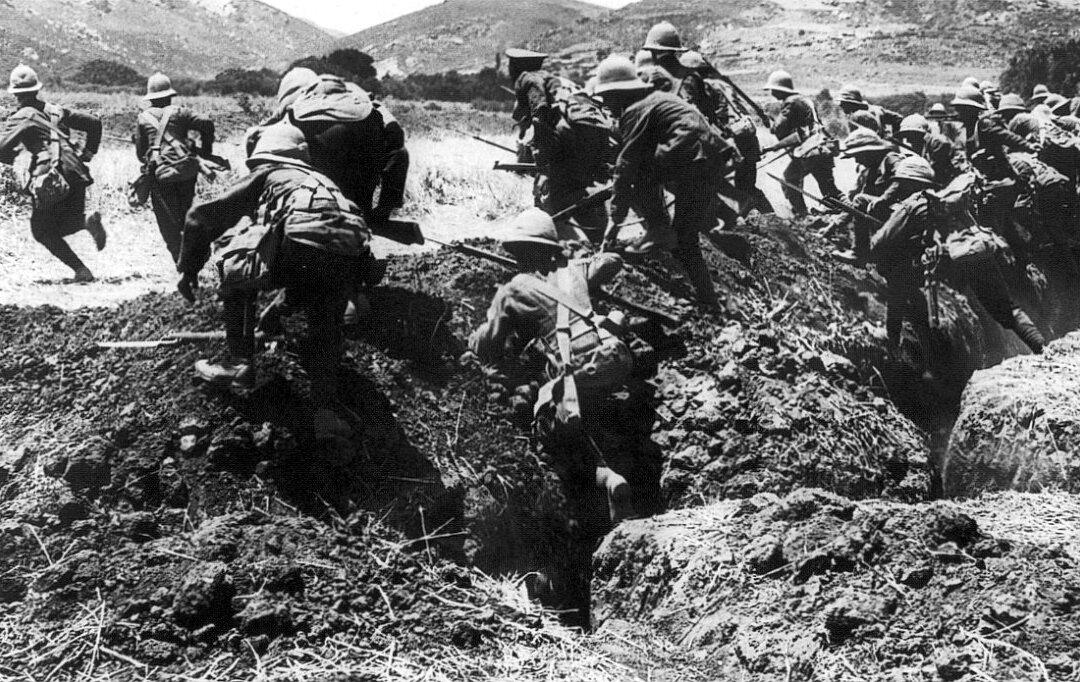Did you know that the discovery of a way to make ammonia was the single most important reason for the world’s population explosion from 1.6 billion in 1900 to 7 billion today? Or that polythene, the world’s most common plastic, was accidentally invented twice?
The chances are you didn’t, as chemistry tends to get overlooked as compared to the other sciences. Not a single chemist made it into Science magazine’s Top 50 Science stars on Twitter. Chemistry news just doesn’t get the same coverage as the physics projects, even when the project was all about landing a chemistry lab on a comet.
So the Royal Society of Chemistry decided to look into what people really think of chemistry, chemists, and chemicals. It turns out most people just don’t have a good idea of what it is chemists do, or how chemistry contributes to the modern world.




